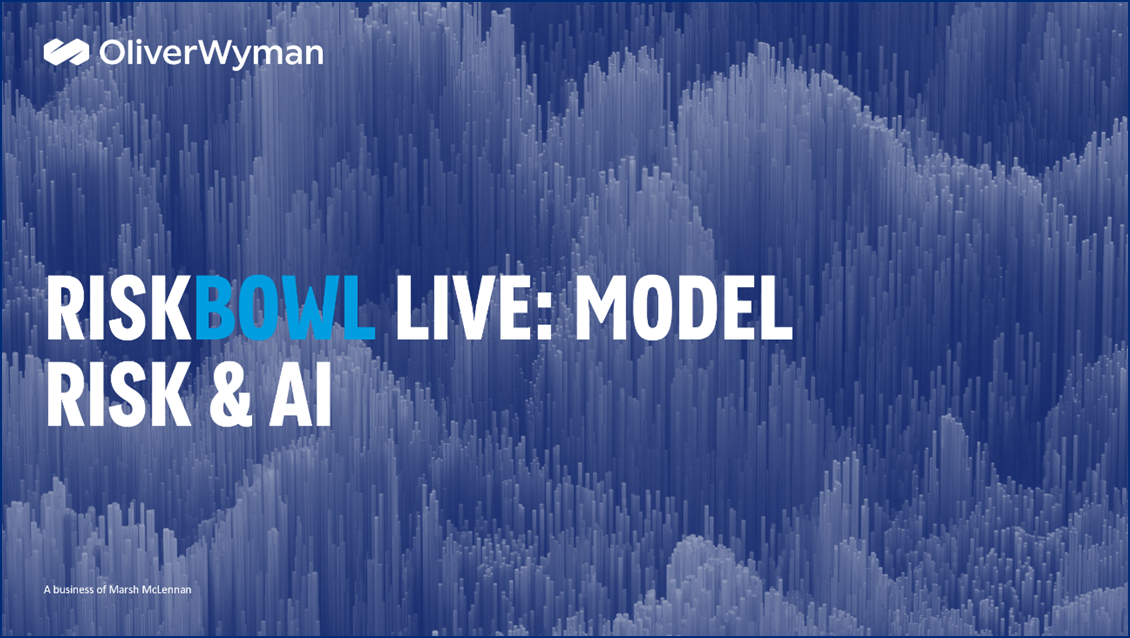Model Risk Management
Whilst dedicated risk management for the development, monitoring and validation of risk models has been long established, the advances in technology, analytics and data driving the banking industry has promoted such model risk frameworks to be updated and enhanced accordingly. Discover the latest impacting your peers across the model lifecycle - model definition, model vs non-model scope, validation, monitoring, periodic review, model risk reporting and governance
10
Topics
27
Posts
Contact Oliver Wyman
Reach out to our team if you want to collaborate on recent developments in Risk.

